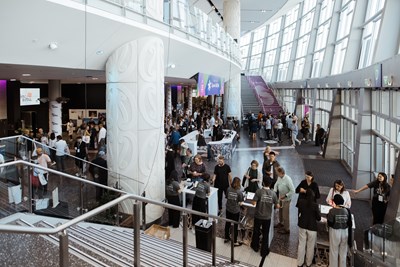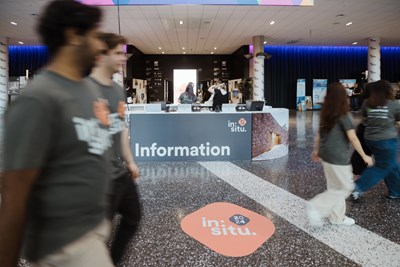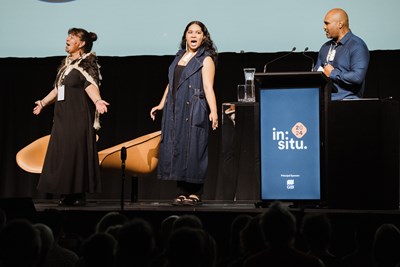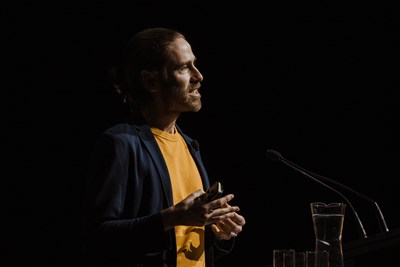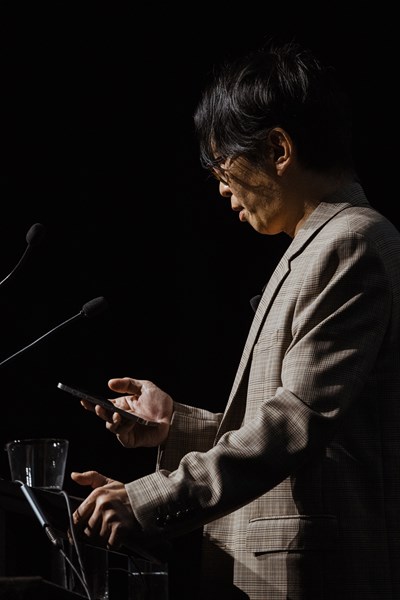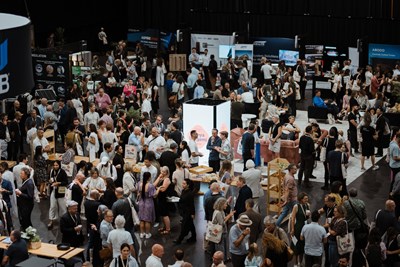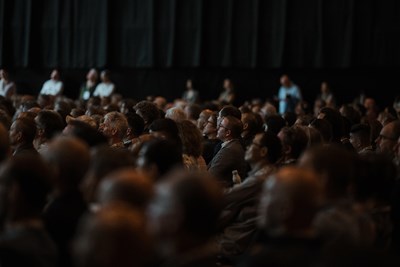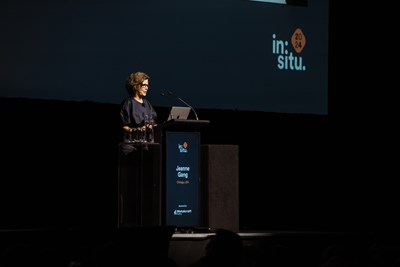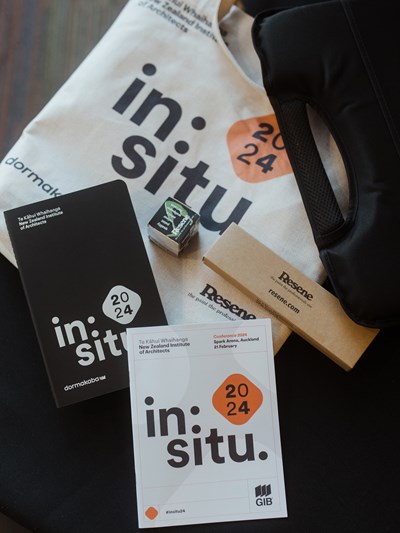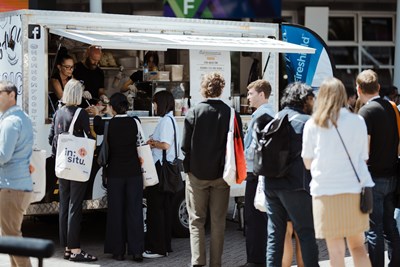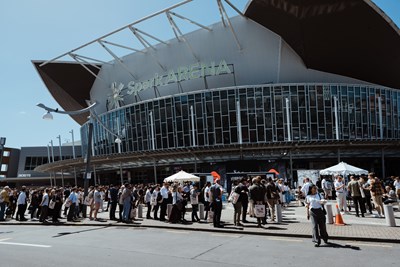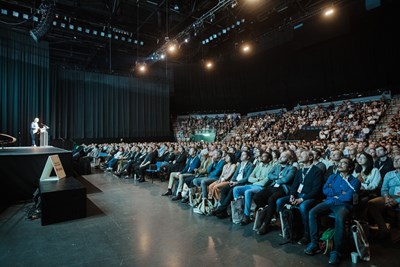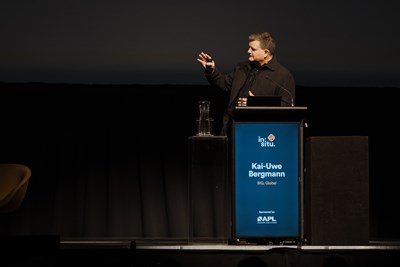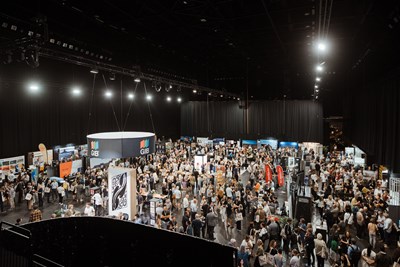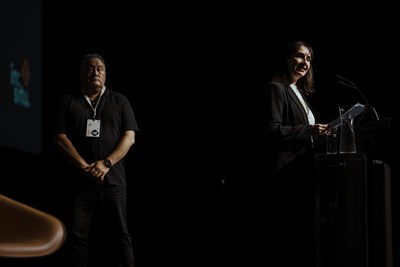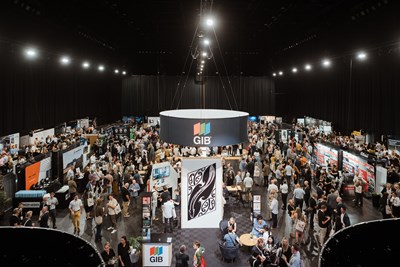in:situ 2024
21 February 2024, Spark Arena, Auckland
Photo by David St George
The opportunity to explore and define what it means to design a better world saw in:situ 2024 draw the largest attendance since its inception in 2015.
The conference provided an unprecedented opportunity to engage with some of the sharpest minds in the industry and seek ambitious outcomes for the future of the profession and its role in creating an inclusive, sustainable built environment.
The event was hosted by The Guardian’s architecture critic Oliver Wainwright who introduced five dynamic and highly respected keynote speakers from around the world.
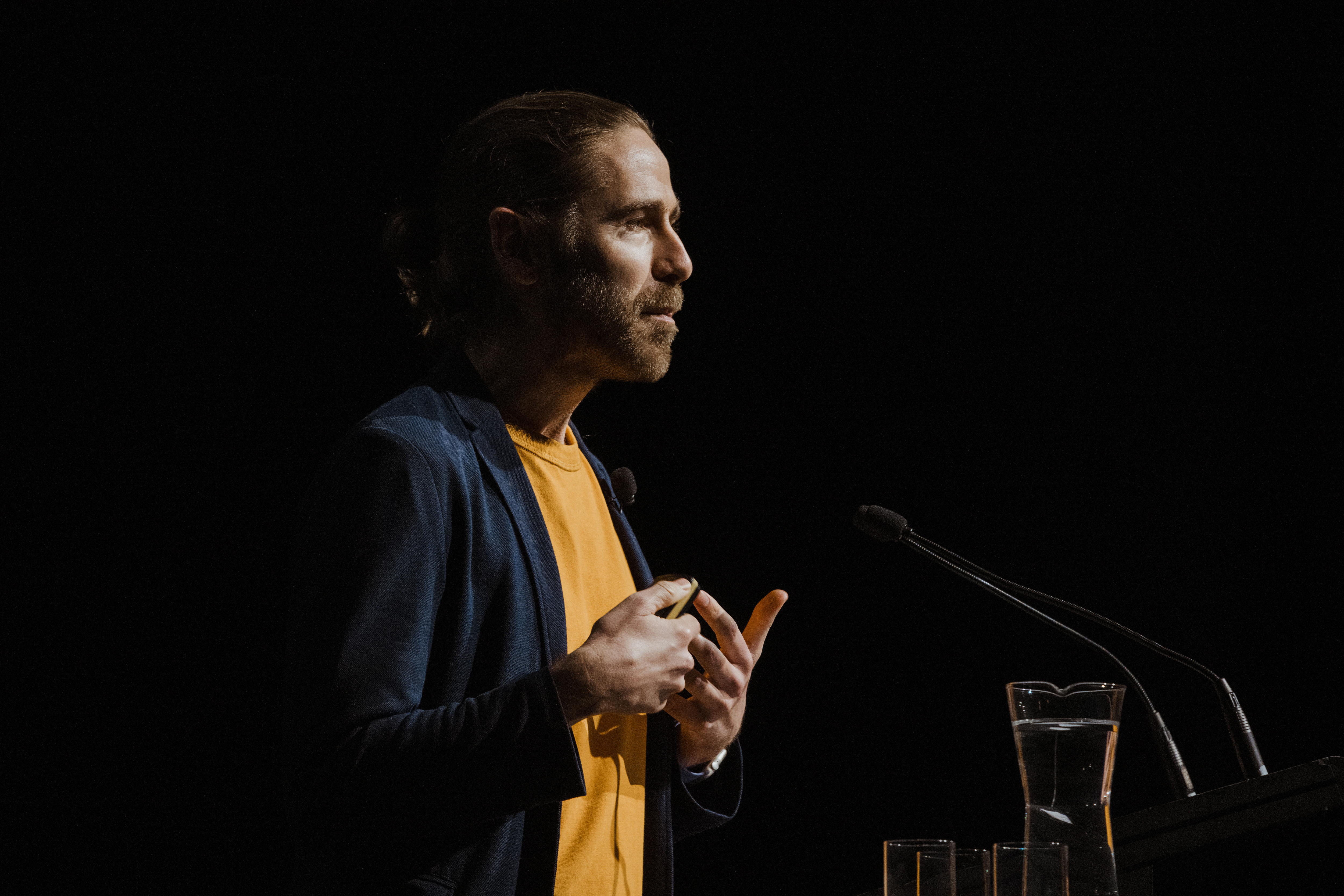
Oliver Wainwright, The Guardian, London, UK
An entertaining and insightful host, Oliver trained as an architect at the University of Cambridge and Royal College of Art, London, before becoming a much-loved architecture critic.
He noted that the biggest shift he has witnessed during his writing career has been a move away from a focus on “outlandish form-making to an emphasis on energy and sustainability. The age of iconic projects, authored by a global elite of celebrity ‘starchitects’, seems to be coming to an end, in favour of a more pragmatic approach, with a renewed emphasis on the importance of context, climate, local materials and low-carbon construction.” Instead, we should be treating existing buildings as mines – “their reuse can become a style of their own” – he observed.
Following the speakers’ sessions, Oliver hosted Q&A in which they responded to questions from the audience. He then concluded the conference with an insightful summary of each architect’s presentation.
Oliver Wainwright’s attendance at in:situ was proudly sponsored by Monaco.

Junya Ishigami, junya.ishigami+associates, Tokyo, Japan
Described by The Guardian’s architecture critic Oliver Wainwright as a “structural alchemist and defier of physics” for his highly experimental designs and poetic vision, Junya is one of the most original minds of his generation.
The Tokyo-based architect established his eponymous practice 20 years ago, after working at Pritzker prize-winning practice SANAA for four years.
During his presentation, Junya shared timelapse images of his projects with the audience, demonstrating that his seemingly inconceivable designs are actually possible. “Design exists in a place between architecture and landscape,” said Ishigami, who discussed the deep thinking behind his projects, including Forest Kindergarten in China, Botanical Garden Art Biotop Water Garden and House & Restaurant in Japan, among many others.
Junya has received numerous awards throughout his career, including the Mainichi Design Award (2010), Japan’s most prestigious design award, and a Golden Lion award for best project at the Venice Biennale 12th International Architecture Exhibition (2010).
Junya Ishigami’s attendance at in:situ was proudly sponsored by Asona.
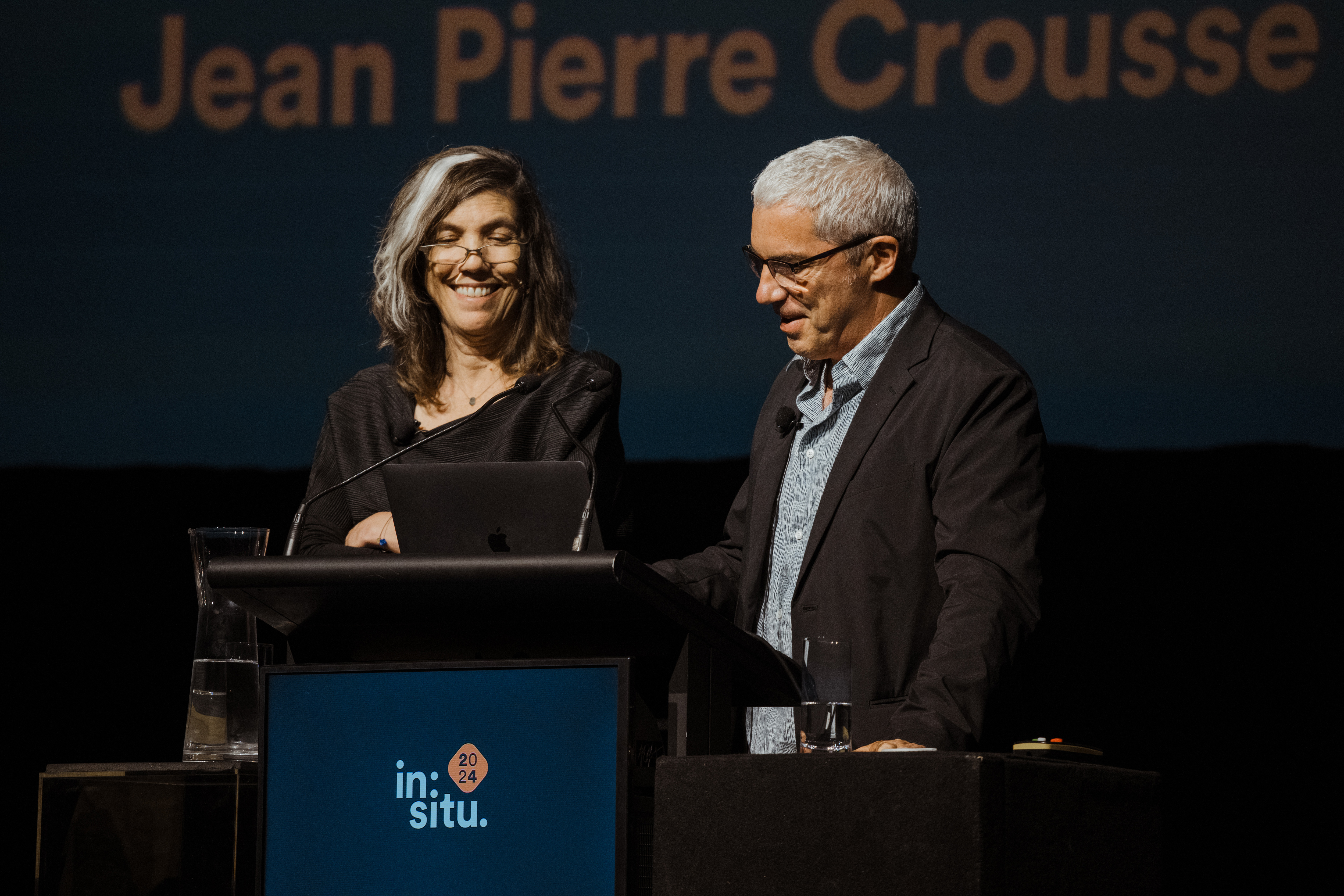
Sandra Barclay and Jean Pierre Crousse, Barclay & Crousse, Lima, Peru
Sandra and Jean Pierre explore the bonds between architecture and landscape in their designs for civic, private residential, hospitality and education projects.
They aim to repair the landscape and craftsmanship of a colonised country, honour the layers – intangible and physical – that precede us, and build meaning and value against an uncertain political backdrop. Their design process is founded in patient observation and thought-tested processes to create buildings that convey cultural memory and a sense of belonging.
“We live in the tropics with unique conditions to life, with geographical challenges and opportunities, and we work with limited budgets,” says Sandra.
The pair established Barclay & Crousse Architecture in Paris in 1994 and Lima, Peru, in 2006, and have received numerous awards, including the Mies Crown Hall Americas Prize (2018), Oscar Niemeyer Prize (2016), Peruvian National Prize for Architecture (2014 and 2018), and the Latin America Prize (2013). Associate Professors at PUCP, a private university in Lima, they have been visiting professors at Yale, Harvard and the University of Virginia.
The attendance of Barclay & Crousse at in:situ was proudly sponsored by Moddex.
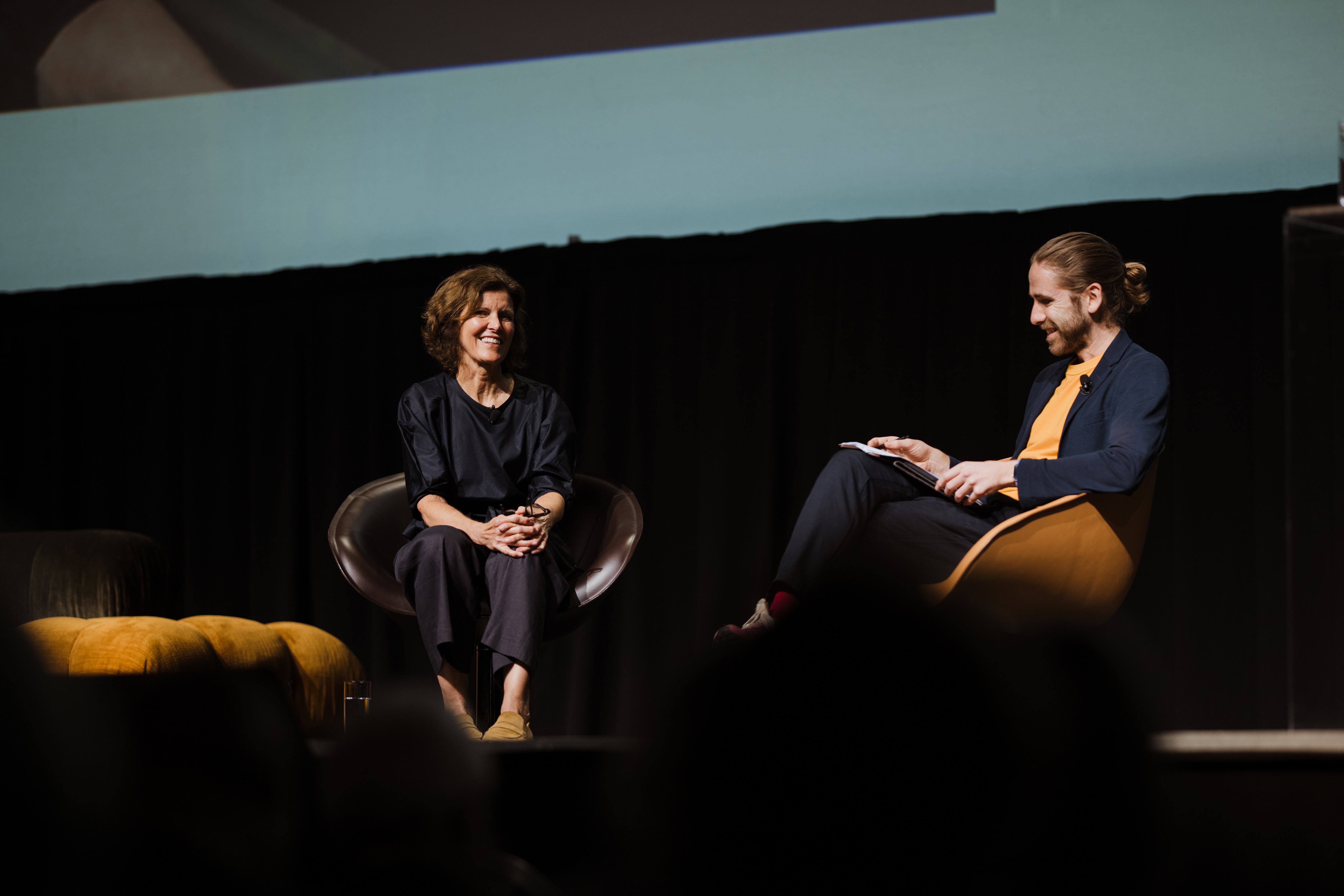
Jeanne Gang, Studio Gang, Chicago, USA
Regularly cited as a titan of architecture, Jeanne has a profound capacity for provocative thinking and design. Her work honours social justice, biodiversity, urban transformation and the art of Architectural Grafting – a term she’s coined for the radical reuse of existing buildings. “Exciting design solutions can emerge when we extend the life of structures and find new possibilities for their future,” says Jeanne, who believes architecture has the capacity to demonstrate how we “move forward with biodiversity and ecology and reconnect people with the land”.
Jeanne is the founder of international architecture and urban-design practice Studio Gang, which is headquartered in Chicago, with offices in New York, San Francisco and Paris. A MacArthur Fellow and Professor in Practice at the Harvard Graduate School of Design, Jeanne has received the Urban Land Institute’s Prize for Visionaries in Urban Development and been named one of the world’s most influential people by TIME magazine.
Jeanne Gang’s attendance at in:situ was proudly sponsored by Metalcraft Roofing.
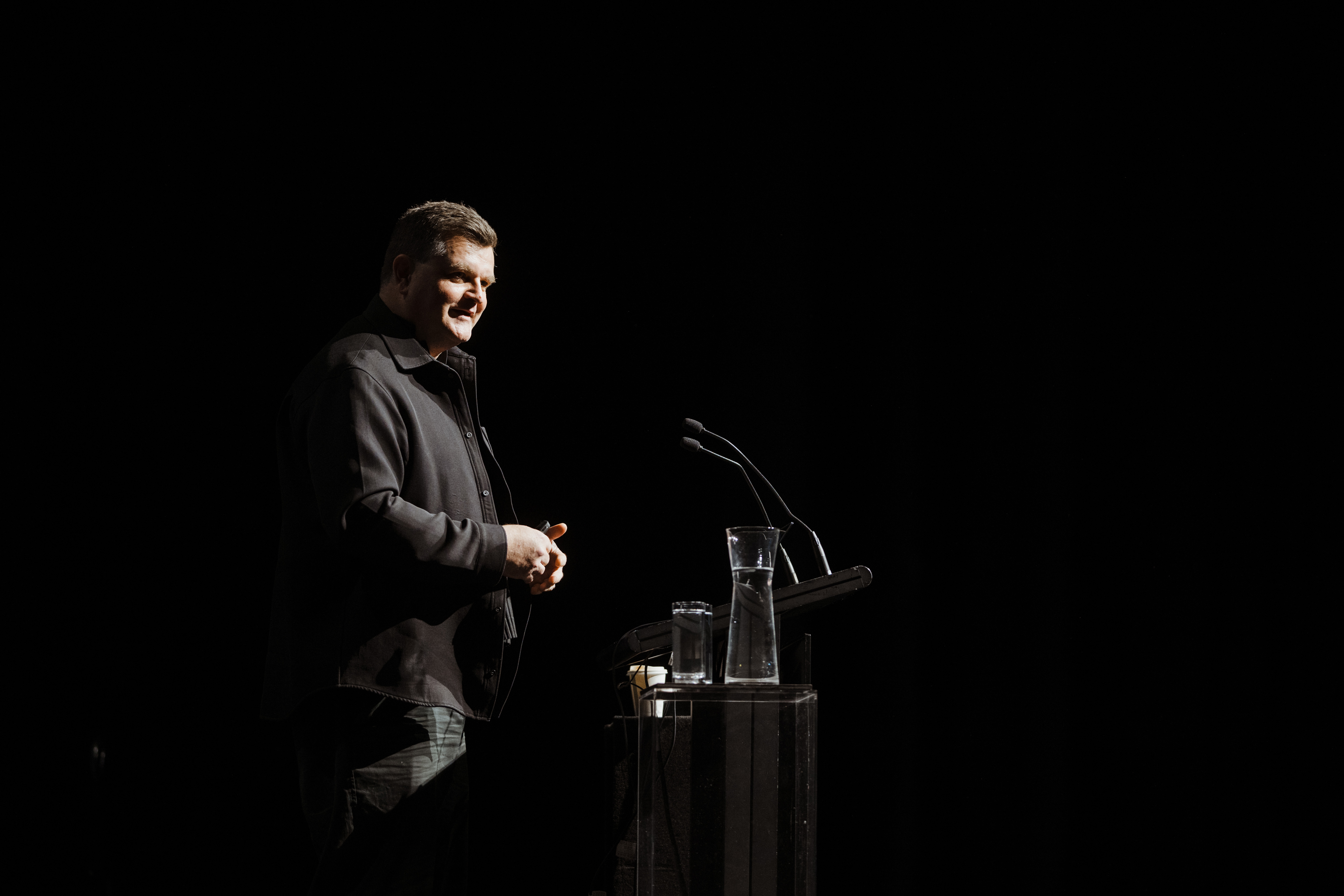
Kai-Uwe Bergmann, BIG, New York, USA
A Fellow of the American Institute of Architects, Kai-Uwe is a New York-based partner with BIG, who believes the biggest misconception about architects is that they work only work for clients. “We work on behalf of all citizens and should use every opportunity to contribute to society as a whole,” he says.
During his presentation at in:situ, Kai-Uwe – who oversees BIG’s urban and landscape projects in North America, Europe, Asia and the Middle East – explored the company’s trajectory from designing a tiny home to its latest 3D-printed concepts for the moon. He also previewed a new city designed for collective wellbeing in Bhutan, and the climate-resilient BIG_U, which protects Lower Manhattan from the impacts of
our changing environment.
Beyond the scope of practice, Kai-Uwe’s work has included teaching assignments at the University of Pennsylvania, IE University in Madrid, and his alma mater the University of Virginia. He participates as a juror on international panels and lectures globally on BIG’s projects.
Kai-Uwe Bergmann’s attendance at in:situ was proudly sponsored by APL.
Watch
Click below to watch the four keynote presentations
Image gallery
Photos from in:situ 2024 by David St George.
Previous conferences
in:situ is held every two years. Previous events have been held in 2022, 2019, 2017 and 2015.




